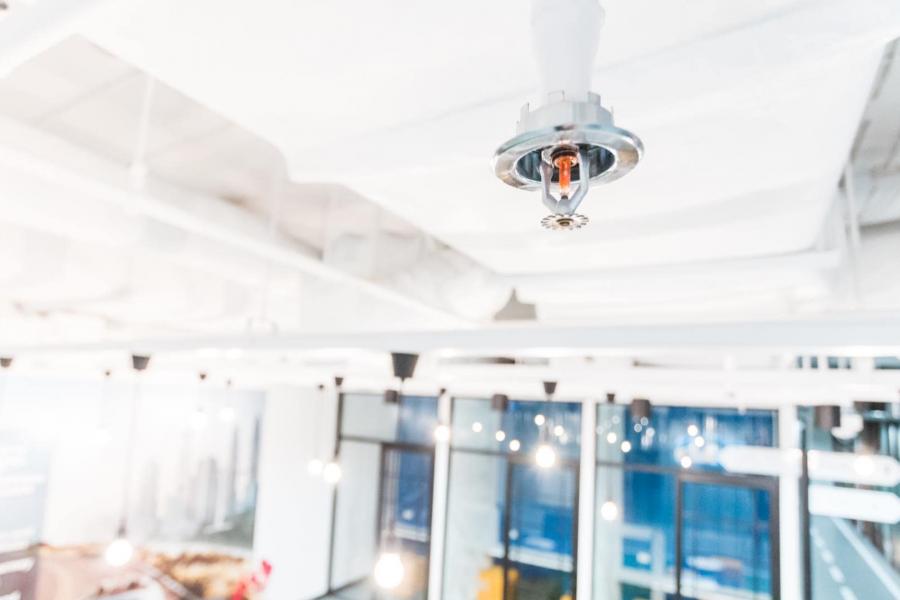
Inspection and certification - sprinkler systems
INTRODUCTION - Sprinkler systems inspection and certification
For many decades, sprinkler systems have protected buildings, goods and people from the consequences of fire. The reasons for installing a sprinkler system are diverse. Sometimes a user or owner wants to reduce the fire risks. Sometimes an insurer requires such an installation as part of an insurance contract. Or the government may for example set it as a condition for granting a building or environmental permit, often as a solution based on the principle of equivalence in Building Decree (Bouwbesluit) 2012.
In all cases, the sprinkler system must be tailored to the risk to be covered. In many cases, adequate security requires an inspection certificate. This allows us to ensure that the sprinkler system offers the intended protection not only upon delivery, but also during the coming years.
SCOPE - Sprinkler systems inspection and certification
Sprinkler systems are installed according to user requirements. They can also give a different interpretation to the execution of fire compartments, escape routes, fire-resistant (main support) structures, and the measures against fire penetration and fire transfer. The use of sprinkler systems takes place in all market segments, such as industry, large warehouses, office buildings and shopping malls. Environmental interest also plays a role in this.
STANDARD CONTENT including CEA 4001, NFPA, FM Global, FOC, NEN-EN 12845 and NEN 1073
The usual standards that are applied in certification include: CEA 4001 (Sprinkler Systems), NFPA (National Fire Protection Association), FM (FM Global), FOC, NEN-EN 12845 + NEN1073 (fixed fire extinguishers, automatic sprinkler systems), VAS (Regulations for Automatic Sprinkler Systems) and VdS.
CCV CERTIFICATION PROCESS - Fire protection, hazardous substances storage inspection scheme
What does this certification process look like? Inspections can be carried out on derived objectives in accordance with the CCV-inspectieschema Brandbeveiliging (CCV inspection schedule - Fire protection), after which an inspection certificate can be issued upon approval. In addition, inspection of sprinkler systems may be required at PGS locations. We use the CCV-inspectieschema Uitgangspuntendocumenten Brandbeveiliging Opslag Gevaarlijke stoffen (CCV inspection schedule - Starting points documents Fire protection Storage of Hazardous substances) according to PGS (UPD-PGS) and theCCV-inspectieschema Brandbeveiliging Opslag Gevaarlijke Stoffen PGS (CCV inspection schedule - PGS Fire protection Storage Hazardous Substances).
RVA ACCREDITATION
Bureau Veritas is accredited by the Raad van Accreditatie (RvA - Dutch Accreditation Council) for carrying out inspection work under registration number I 0002, Type A (see also RVA.nl). This applies to inspections for derived objectives, compliance with the UPD-PGS and inspections on standard conformity. In addition, we carry out spot-check inspections for certification bodies.
INFORMATION
For additional information about services and the application possibilities, please refer to the contact details on the front of this sheet.